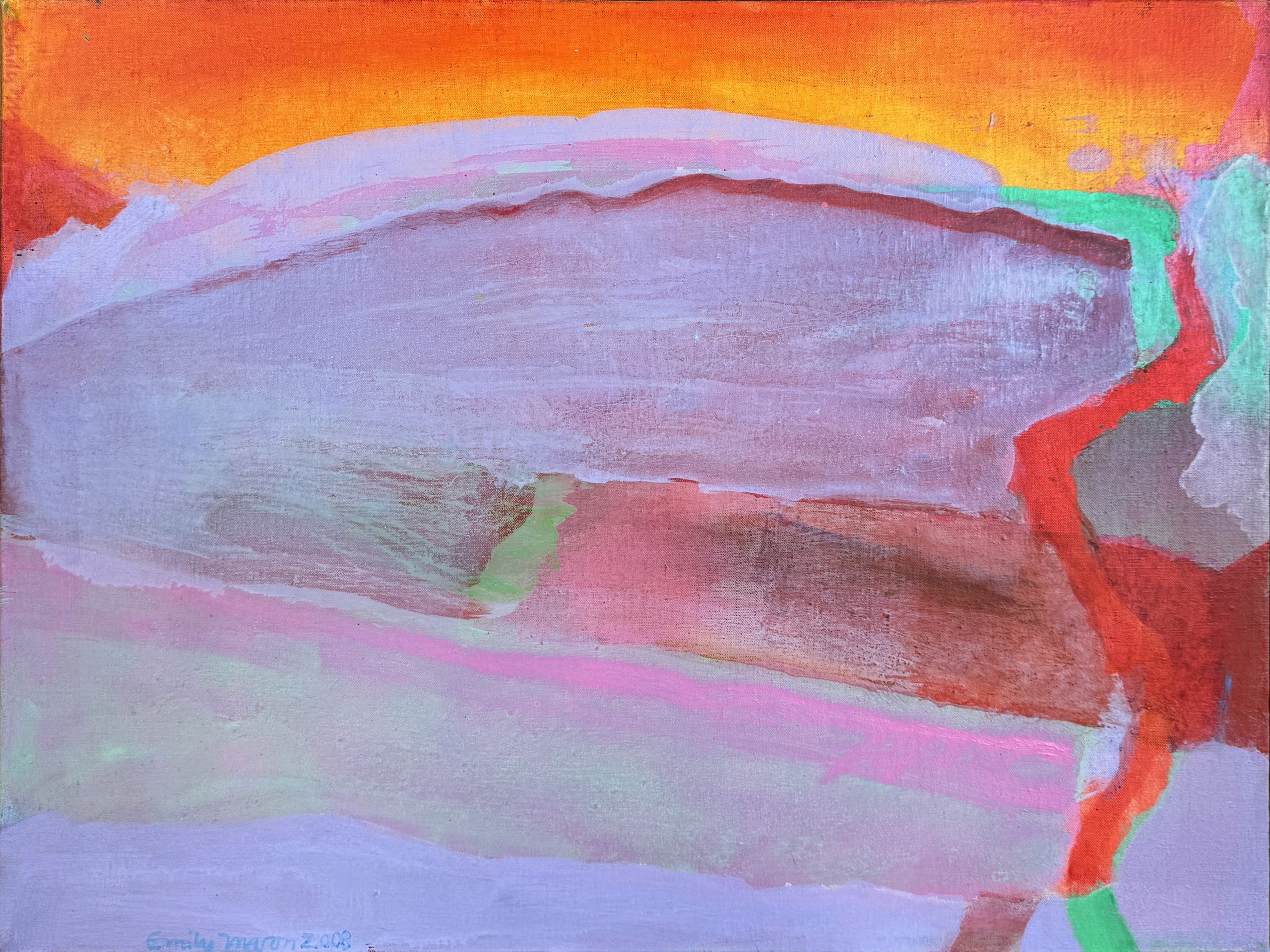
Welcome to the Art Angle, a podcast from Artnet News that delves into the places where the art world meets the real world, bringing each week’s biggest story down to earth. Join us every week for an in-depth look at what matters most in museums, the art market, and much more, with input from our own writers and editors, as well as artists, curators, and other top experts in the field.
The term “abstraction” gets thrown around a lot in the art world, usually as a vague catchall to describe an otherwise inexpressible style of painting or sculpture. Just going by the dictionary’s definition, “abstract” is described as being disassociated from any specific instance, or having only intrinsic form with little or no attempt at pictorial representation or narrative content.
Today, abstract art is not in and of itself considered particularly revolutionary, it is just one of many approaches artists take in pursuit of their vision. But this wasn’t always the case, and the history and tradition of abstraction and abstract art is still rather new in comparison to the long stretch of art history. And there is a lot that can still be mined by looking back to the roots of the movement, to learn about what inspired artists’ departure from traditional figurative and representational modes of art making—as well as by looking at how the reverberations of early abstraction can still be felt today.
To delve into what abstractionism is, and highlight some of the most important historical practitioners, Artnet’s Gallery Editor Annikka Olsen spoke to Artnet’s Co-Head of Post-War and Contemporary Art Martina Batovic, and curator, collector and partner at Leslie Feely Gallery Dakota Sica.
Artnet Auctions sale, “GEMS: Collecting Post- War Abstraction”, guest curated by Dakota Sica, is open for bids through February 22, 2024.
Listen to More Episodes:
Unexpected Ways A.I. Might Rewire Art
Ishmael Reed on the Myths and Realities of Jean-Michel Basquiat
The Artist Behind the Art World’s Most Viral Memes